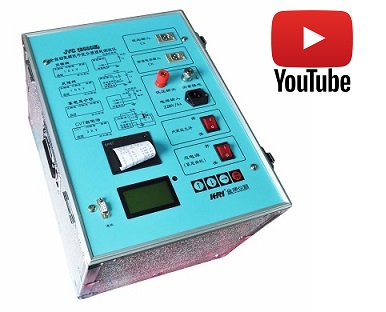
Insulating media are categorized into three main types: gaseous, solid, and liquid. Dissipation Factor (or Tan Delta) refers to the energy loss caused by the active power dissipation within the insulating medium of electrical equipment under an electric field. Dissipation is usually represented by the loss factor (tan δ), which reflects the phase difference between the leakage current and the capacitive current flowing through the dielectric. In particular, the higher the dissipation factor, the poorer the insulating properties of the material, leading to more energy being converted into heat during operation. Over time, this affects the equipment’s lifespan and safety.
The primary purpose of conducting Dissipation Factor (tan δ) tests is to evaluate the insulation condition of the equipment, in order to prevent electrical accidents caused by insulation aging or failure. In practical operations, various types of power equipment used in substations require Tan δ testing. Examples include transformers, windings, current transformers (CT), voltage transformers (PT), transformer bushings, cables, and generators. Tan δ testing is an indispensable part of maintenance and servicing operations for these devices.
Principle of Tan Delta Test
A pure insulator when is connected across line and earth, it behaves as a capacitor. In an ideal insulator, as the insulating material which acts as dielectric too, is 100 % pure, the electric current passing through the insulator, only have capacitive component. There is no resistive component of the current, flowing from line to earth through insulator as in ideal insulating material, there is zero percent impurity.
In pure capacitor, the capacitive electric current leads the applied voltage by 90°.
In practice, the insulator cannot be made 100% pure. Also, due to the aging of insulators, the impurities like dirt and moisture enter into it. These impurities provide the conductive path to the current. Consequently, an electric leakage current flowing from line to earth through the insulator has a resistive component.
Hence, it is needless to say that, for a good insulator, this resistive component of electric leakage current is quite low. In another way, the healthiness of an electrical insulator can be determined by the ratio of the resistive component to the capacitive component. For a good insulator, this ratio would be quite low. This ratio is commonly known as tan δ or tan delta. Sometimes it is also referred to as dissipation factor.
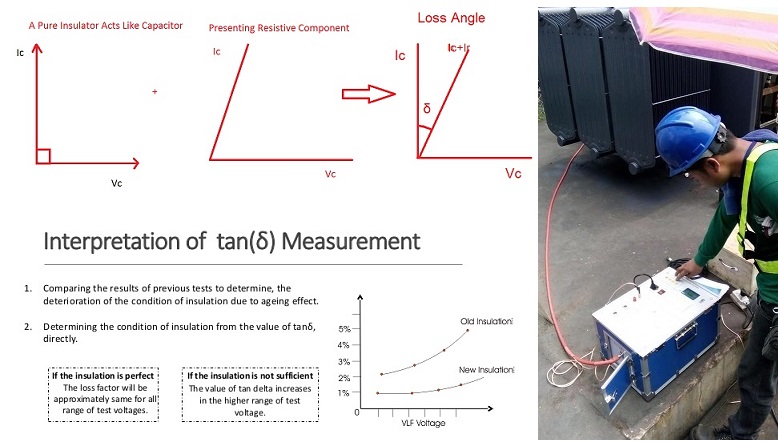
1. Dielectric breakdown (BDV) (ASTM D877 & ASTM D1816, IEC 60156)
2. Tan Delta (Dielectric Dissipation Factor (DDF)/ Power factor) (ASTM D924, IEC 60247, IEC 61620, BS 5737, JIS C2101, VDE 0380-2, IS 6262)
3. Resistivity (ASTM D1169, IEC 60247, BS 5737, JIS C2101, VDE 0380-2, IS 6103)
JYC automatic frequency conversion anti-interference dielectric loss tester is used for field anti-interference dielectric loss measurement or laboratory precision dielectric loss measurement,the instrument is an integrated structure, built-in dielectric loss bridge, variable frequency power supply, test transformer and standard capacitor, etc., adopts frequency conversion anti-interference and "Fourier" transform digital filtering technology, fully automatic intelligent measurement, the measurement data is very stable under strong interference, and the measurement results are from large to large, LCD screen display, built-in printer can print out.
Features
●Measurement of power transformer insulation, bushings, circuit breakers, CT, PT,CVT, cables, lightning arresters and other types of insulation.
●Insulation Power Factor (cos ᵠ), Dissipation Factor (tan δ), Capacitance, Inductance, Excitation, Quality Factor and Power Loss (watts) measurement
●Adopt frequency conversion anti-interference technology, automatically identify 50Hz/60Hz system voltage, and can still measure accurately under 200% interference
●With CVT ratio function, it can measure CVT ratio, polarity and phase
●With UST/GST, internal/external standard capacitance, internal/external high voltage multiple working modes, integrated structure, can do various conventional dielectric loss tests, without any external auxiliary equipment
●With reverse wiring low-voltage shielding function, in the case of CVT bus grounding, it can measure C11 without disconnecting the wire
●With the measurement function of CVT self-excitation method, C1/C2 can be measured at the same time with one connection, and the influence of lead wires and standard capacitor voltage division can be automatically compensated
●It has the function of prompting for bad circuit contact and discharge, to facilitate the judgment of whether the wiring is reliable
●Built-in series and parallel dielectric loss measurement models, used to simulate "Schering bridge" or current comparator bridge, convenient for instrument testing
●Dynamic display of test voltage and current, which can also be used as a high-voltage meter
●Prompt function for poor grounding and poor wiring contact, to facilitate judging whether the wiring is reliable
●Strong power adaptability, can use 50/60Hz power supply, strong anti-interference and can also support generator power supply
●With calendar clock, can store 100 sets of measurement data, with RS232 computer interface, through this interface, can realize measurement, data processing and test result output; equipped with computer background software, can be integrated into comprehensive test vehicle inspection
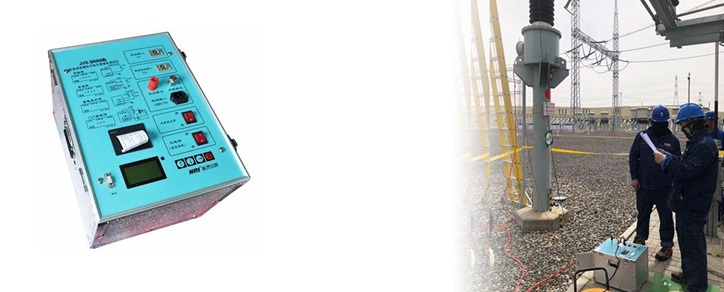
TECHNOLOGY SPECIFICATION:
Type:
JYC Tan Delta Tester
Accurate
Cx: ±(Reading×1%+2pF)
tgδ: ±(Reading×1%+0.00040)
Anti-interference index
With frequency conversion anti-interference, the above accuracy can be achieved under 200% interference.
Capacitance range
Internal application of high voltage: 3pF~60,000 pF/10kV, 60pF~1µF/0.5kV
External application of high voltage: 3pF~1.5µF/10kV, 60pF~30µF/0.5kV
Resolution: Max. 0.001pF, 4 valid digits
Range of tgδ
No limit, resolution:0.001%. Identify capacitive, inductive and resistive tested products automatically.
Test current range
5µA-5A
Internal application high voltage
Setting voltage range: 0.5~10kV
Max. output current: 200mA
Up-down voltage mode: Continuous smoothing
Voltage precision: ±(1.5%×reading+10V)
Voltage resolution: 1V
Testing frequency: 45,50,55,60,65Hz, single frequency
45/55Hz, 55/65Hz, 47.5/52.5Hz, automatic dual frequency
Frequency precision: ±0.01Hz
External application high voltage
Maximum test current at positive connection: 5A, Power frequency or conversion frequency: 40~70Hz
Maximum test current at negative connection: 10kV/5A, Power frequency or conversion frequency: 40~70Hz
CVT self excitation low voltage output
Output voltage: 3~50V, output current: 3~30A
Test time
About 15s, relating to the testing mode
Input power
180V~270V AC, 50Hz/60Hz±1%, Grid power or generator
Environmental temperature
-10℃~50℃
Relative humidity
≤80% RH, no dew
Volume / Weight
L430mm*W320mm*H330mm / 29 kg
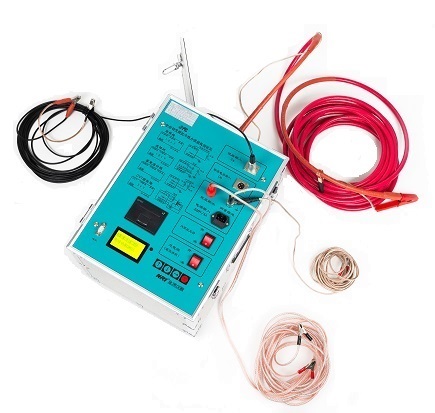
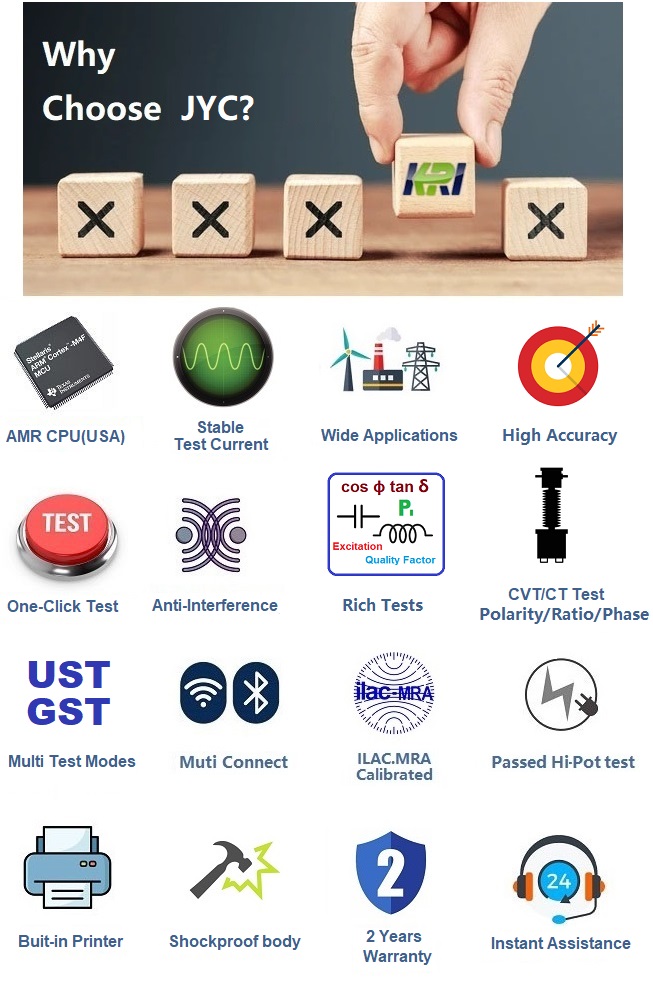
When it comes to tan delta test, there are essentially three modes of power factor testing. Those are
GST Guard – This calculates the amount of current leakage to the ground. This method eliminates the current leakage through red or blue leads. Whereas in UST, the ground is termed to be guard because grounded edges are not calculated. When the UST method is applied on the device, then the current measurement is only through blue or red leads. The current flow through ground lead gets automatically bypassed to the AC source and thus excluded from the calculation.
UST Mode – This is employed for the calculation of insulation in between ungrounded leads of the equipment. Here the individual portion of isolation has to be separated and analyze it having no other insulation connected to it.
GST Mode – In this final mode of operation, both the leakage pathways are calculated by the test apparatus. The current, capacitance values, UST, and GST guards, loss in watts need to be equal to the GST test parameters. This provides the entire behavior of the test.
When the summing value of GST Guard and UST is not equal to the GST parameters, then it can be known that there is some crashing in the test set, or might the test terminal are not correctly designed.


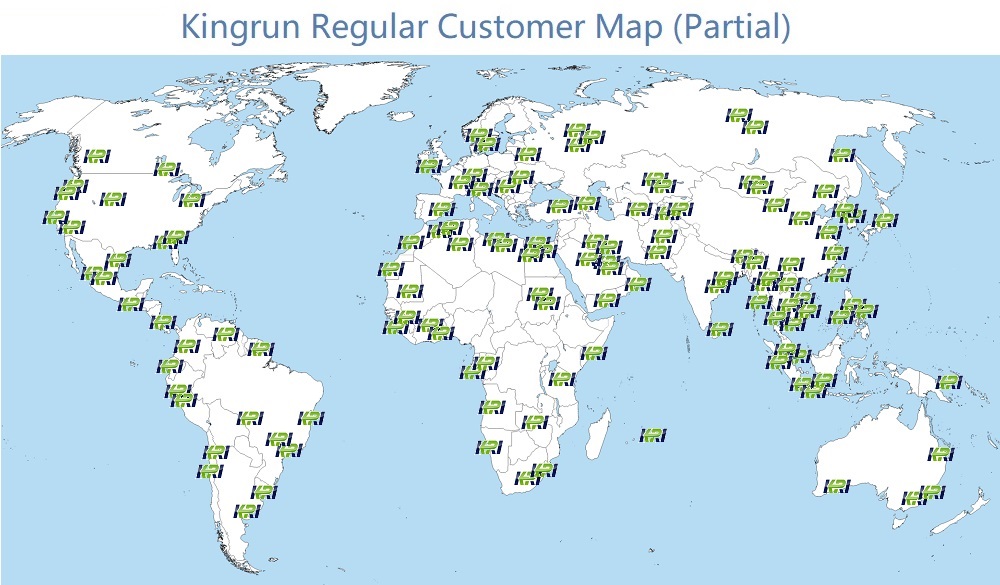
turn ratio tester, transformer test instrument, winding resistance tester, transf